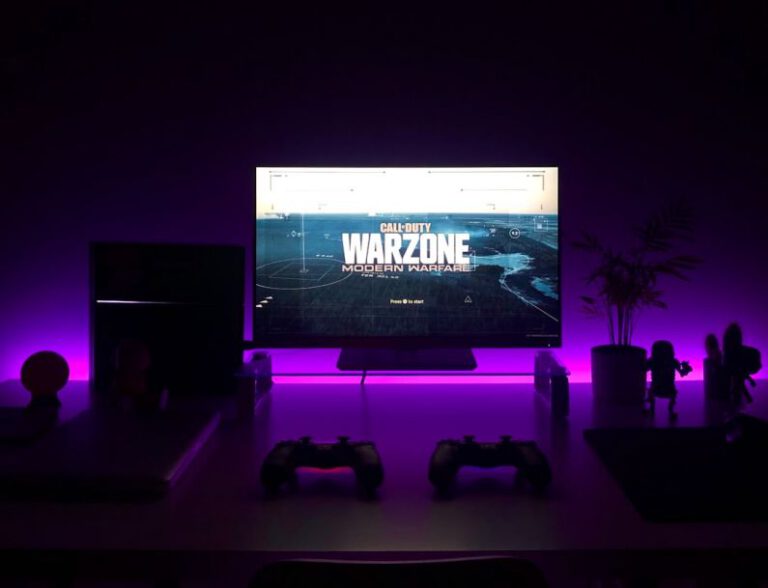Haptic Feedback Suits: Feeling the Game
Imagine playing your favorite video game and not only seeing the action unfold on the screen but also feeling every explosion, crash, and impact as if you were right there in the thick of it. This is now possible with the advancement of haptic feedback suits, a groundbreaking technology that is revolutionizing the gaming experience.
Enhancing Immersion
Haptic feedback suits are designed to provide users with a heightened sense of immersion by delivering tactile sensations to the body in response to in-game events. This means that when your character in a game gets hit, you will feel the impact on your own body. This level of realism adds a whole new dimension to gaming, making it a truly sensory experience.
The technology behind haptic feedback suits involves the use of actuators and sensors that are embedded within the suit. These actuators are responsible for transmitting vibrations, pressures, and other physical sensations to different parts of the body, while sensors detect in-game events and trigger the appropriate feedback. The result is a seamless integration of touch and gameplay that blurs the line between virtual and reality.
A Multisensory Experience
One of the key advantages of haptic feedback suits is their ability to engage multiple senses simultaneously. While traditional gaming relies primarily on visual and auditory cues, haptic feedback adds the sense of touch to the mix, creating a more holistic and immersive experience. By feeling the vibrations of a car engine or the impact of a punch, players are able to connect with the game on a deeper level, enhancing their overall enjoyment and engagement.
Moreover, the multisensory nature of haptic feedback suits has the potential to benefit players in terms of cognitive and motor skills development. By engaging different sensory modalities, these suits can help improve reaction times, spatial awareness, and hand-eye coordination, making them not just a novelty but a valuable tool for enhancing gaming performance.
Beyond Gaming
While haptic feedback suits are primarily associated with gaming, their applications extend far beyond the realm of entertainment. In the field of virtual reality, these suits are being used to create more immersive training simulations for various industries, including healthcare, military, and sports. By providing realistic tactile feedback, users can practice complex procedures, maneuvers, and scenarios in a safe and controlled environment, leading to better skill acquisition and retention.
In addition, haptic feedback suits have the potential to revolutionize the way we interact with technology in general. From enhancing the user experience of virtual reality applications to providing tactile feedback in remote surgeries, the possibilities are endless. As the technology continues to evolve and become more accessible, we can expect to see haptic feedback integrated into a wide range of devices and experiences, transforming how we engage with the digital world.
The Future of Immersive Gaming
As haptic feedback technology advances and becomes more widespread, the future of gaming looks increasingly immersive and interactive. Imagine a world where you can not only see and hear the game but also feel every sensation as if you were truly part of the action. With haptic feedback suits leading the way, this vision is closer to reality than ever before.
In conclusion, haptic feedback suits are reshaping the way we experience games and interactive media, offering a new level of realism and engagement that was previously unimaginable. By combining tactile sensations with visual and auditory cues, these suits provide a multisensory experience that enhances immersion and enjoyment. As the technology continues to evolve, we can look forward to a future where gaming is not just something we see and hear but something we truly feel.






